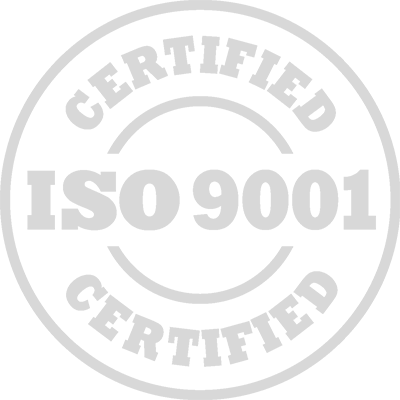Introduction
Effective supply chain professionals need to fully comprehend the critical importance of risk management in the supply chain. They must ensure their organizations become industry pacesetters by managing their supply chains adeptly, ultimately achieving reduced costs while improving service levels.
However, the intricacies of global trade have introduced proportionally high levels of risk and uncertainty. This uncertainty begets a risk spiral characterized by heightened costs and diminished service levels. Risk is an inherent element within all supply chains. Still, these risks can be sidestepped, managed, or redirected through meticulous analysis, preparation, and strategic action.
Smart organizations must, therefore, devise and implement comprehensive supply chain risk management programs to manage risk, uncertainty, and variability while simultaneously aspiring to cut costs and heighten service quality.
The Importance of Risk Management in The Supply Chain
In today’s business environment, the importance of supply chain risk management cannot be overstated. A resilient supply chain is vital for maintaining the continuity of operations and competitive advantage. Integrating a sophisticated risk management process in the supply chain enables organizations to anticipate potential disruptions and respond effectively to ensure that supply chains remain robust and responsive.
Participants will have the opportunity to earn a supply chain risk management certification, which will distinguish them as knowledgeable professionals in handling risk management for the supply chain, affirming their expertise in this critical field.
Engage with industry peers in seminars and workshops on real-world applications of supply chain risk management concepts, providing an interactive and hands-on approach to mastering the discipline.
This supply chain risk management conference is not merely a series of lectures but an immersive experience designed to equip supply chain risk managers and professionals with the essential tools to proactively address risks and ensure the resilience and optimization of their supply chains.
Targeted Groups
- Head of Procurement
- Procurement Professionals
- Supply Chain Professionals
- Risk Management Professionals
Conference Objectives
By the end of this supply chain risk management training conference, participants should be able to:
- Apply a comprehensive understanding of supply chain activities.
- Identify, analyze, and evaluate supply chain risk.
- Grasp the key aspects essential in mitigating risk.
- Utilize risk management tools and techniques.
- Facilitate supply chain organizational improvements.
- Comprehend the intricacies of current supply chains.
- Assess them for potential risks and vulnerabilities.
- Explore approaches to mitigate risks effectively.
- Implement appropriate risk management tools.
- Drive continual improvements within the supply chain framework.
Targeted Competencies
- Analysis.
- Evaluation.
- Improvement strategies.
- Change management.
- Risk management.
Conference Content
Unit 1: Understanding The Supply Chain
- Definitions of Supply Chain.
- The 8 Supply Chain Rules.
- Customers, Competitive Advantage, and Demand
- Various Supply Chain Models and Types.
- The Global Supply Chain Influence.
- Incoterms 3000 and Risk Reduction Techniques.
- Recognizing Risks in the Supply Chain.
Unit 2: Identifying Supply Chain Instabilities and Risks
- Internal Supply Chain Risks.
- PESTLE Risks Assessment.
- Inventory Risks.
- Financial Risks.
- Disruption Risks.
- Security Risks within Supply Chains.
- Mismanaged Relationship Risks.
- Procurement Risks.
- Logistics Risks.
Unit 3: Understanding the Risk Spiral
- Direct Consequences of Risk.
- Potential Outcomes of Risk Occurrence.
- Analyzing the Key Drivers of Risk in Supply Chains.
Unit 4: Reducing Supply Chain Risk
- Strategies for Improving Supply Chain Visibility.
- Steps to Reduce Supply Chain Variability.
- Maintaining Velocity in Supply Chain Operations.
- Methods to Restore Confidence in Supply Chains.
- Enabling Agility and Synchronicity.
- Implementing Effective Supplier Relationship Management.
Unit 5: Using Risk Management Tools and Techniques
- Options for Risk Mitigation.
- Risk Mitigation Matrix.
- Fundamental Risk Management Principles.
- RAG (Red, Amber, Green) Assessment Technique.
- The Integral Role of Procurement and Supply Chain Strategy.
- Evaluation and Prioritization of Potential Risks.
- Formulating a Risk Management Matrix.
- Fostering a Culture of Risk Management.
- Contingency and Risk Management Planning.
- Building Supply Chain Resilience.
Unit 6: Rethinking the Supply Chain
- Projections on the Future of Supply Chains.
- Embracing Agility in Supply Chain Management.
- Network Design Considerations.
- Implications of China Supply Chain Influence.
- Environmental Considerations and the Green Supply Chain Movement.
- Developing Skilled Professionals and Leadership in Supply Chain Management.
- Strategies for Reengineering Supply Chains End-to-End to Minimize Risk.
- Organizational Development and Change Models.


